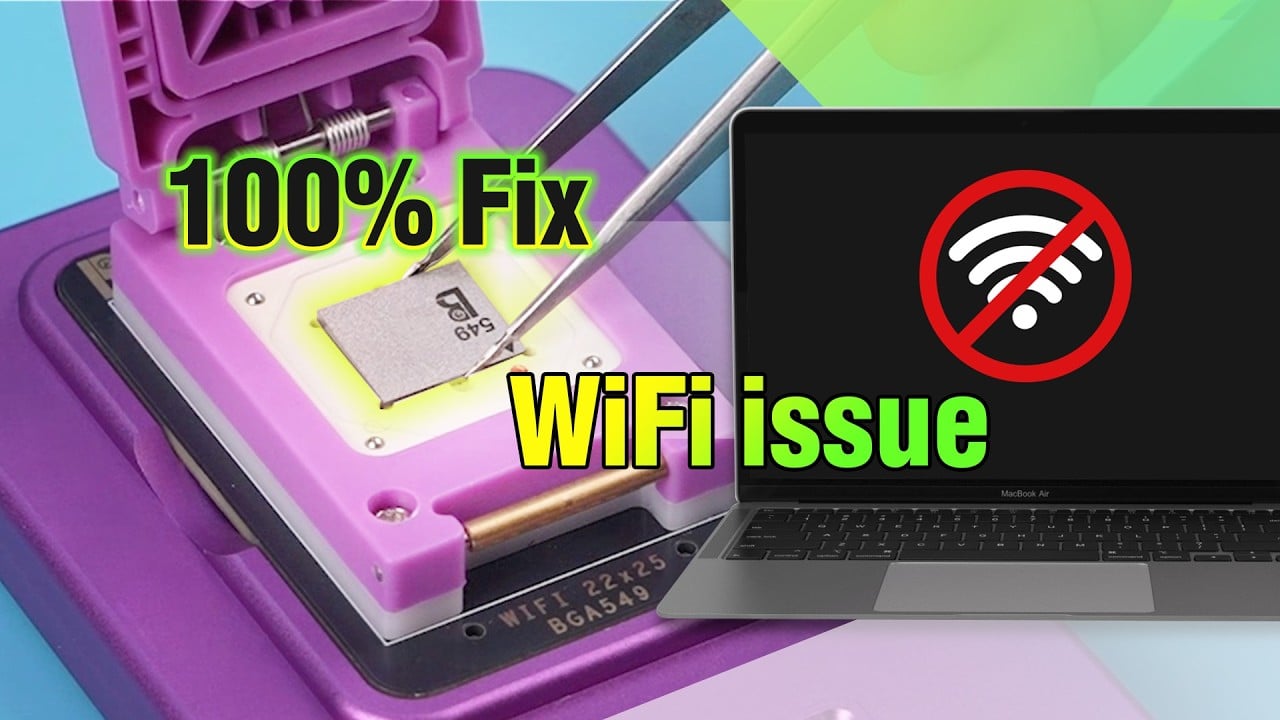Facing a baseband issue on your iPhone XR? This common problem can prevent the device from activating, displaying “No Service,” or failing to detect a mobile network altogether. In this article, we guide you through a real-world iPhone XR baseband issue repair case — covering precise diagnostics, baseband CPU resoldering, and transceiver IC replacement. Whether you’re a technician, repair shop, or DIY enthusiast, this guide provides actionable insights to help you fix the issue and avoid common repair mistakes.
Important Pre-Repair Tip
If your iPhone XR has no baseband or no signal, DO NOT restore or recover the phone before repair.
A device that’s restored with a baseband issue becomes unrepairable, effectively turning it into a non-functional unit.
If left unrestored, even if it can’t be repaired, it can still function as a Wi-Fi-only gaming device.
iPhone XR Baseband Issue Repair Process
Step 1: Initial Diagnosis
We received an iPhone XR with a baseband issue — it had been previously serviced by another repair shop, but the problem persisted. Upon opening the device:
- The shielding cover over the baseband chips had been removed.
- The NAND chip had been resoldered and sealed with black glue.
- The area around the baseband CPU (U_BB_K) showed blackened capacitors and resistors — a clear sign of corrosion from poor-quality solder paste.
Step 2: Resoldering Surrounding Components
To start:
- Applied rosin flux to the affected area.
- Used a hot air gun to reflow and resolder the small passive components around the baseband CPU.
- Cleaned the logic board using PCB cleaner for better visibility and soldering results.

Step 3: Removing and Inspecting Baseband CPU
After removing the U_BB_K (baseband CPU):
- Scratch marks were found near the chip — likely due to scraping by the previous technician.
- Fortunately, no damage to the internal PCB layers was detected.
- The old solder was identified as low-temperature solder paste — it melts easily but has poor bonding strength and causes corrosion.
We then resoldered the baseband CPU using medium-temperature solder paste, ensuring a more durable and reliable connection.

After replacing the transceiver IC with a new one, then restoring it with iTunes the baseband and signal function back to normal.
Summary
The issue is caused by the Baseband CPU and transceiver IC, the previous repair shop repaired the two parts. But because of the poor soldering handwork and poor-quality solder paste, the issue does not get fixed thoroughly.
Lessons learned from this case, do more handwork practice if you want to be a repair expert, and use qualified repair materials, do not solder the Baseband chip with low-temperature solder paste!








